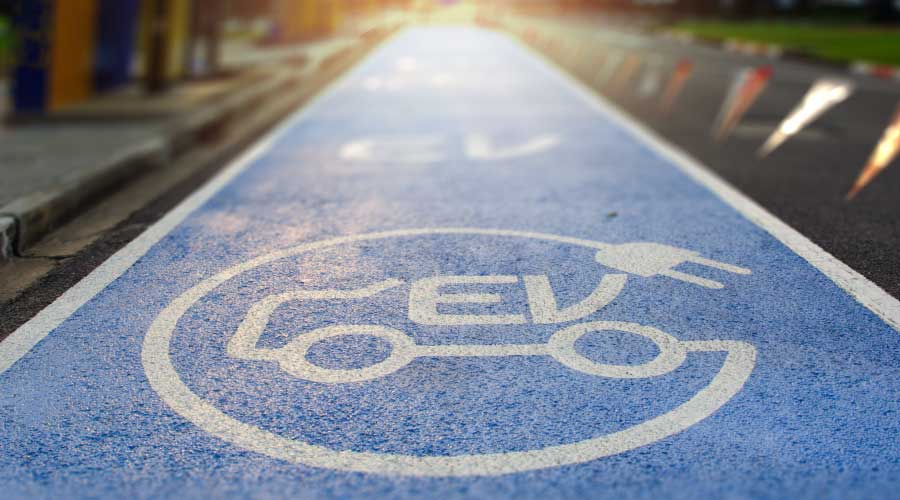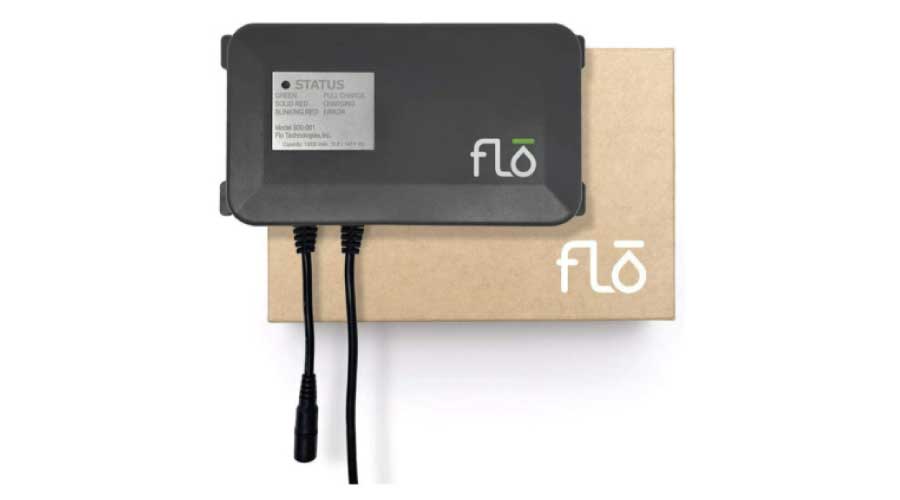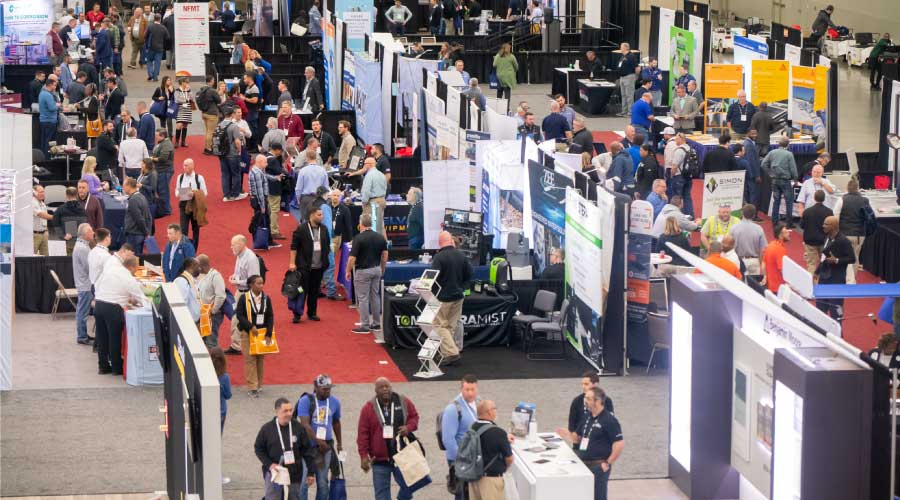
Electric Vehicles Use Curtails Emergency Room Visits
Every 20 zero-emissions vehicles per 1,000 people in a ZIP code led to a 3.2 percent drop in the rate of ER visits due to asthma. April 25, 2023
By Dan Hounsell, Senior Editor
Electric vehicles (EVs) are becoming increasingly popular as institutional and commercial facilities nationwide look to continue minimizing the impact of their operations on the environment. Now the evidence is growing that increased implementation of EV technology is having benefits that go beyond the environment.
A study published recently in the journal Science of the Total Environment found that in California, every 20 zero-emissions vehicles per 1,000 people in a given ZIP code led to a 3.2 percent drop in the rate of emergency room visits due to asthma, according to Vox. The researchers found this by studying actual air pollution levels and health outcomes rather than using models and simulations.
Researchers looked at 1,200 ZIP codes across the state between 2013 and 2019. They tracked EV registrations and local measurements of nitrogen dioxide, a pollutant produced by conventional engines that can cause breathing problems on its own and trigger the formation of other pollutants like ozone and particulate matter.
The team controlled for long-term improvements in air quality. California has some of the strictest air quality rules in the US and has led the country in pushing cars and trucks to emit less, so pollution in general has declined over time. During the seven-year study period, the average number of zero-emissions vehicles per 1,000 people in a ZIP code increased from 1.4 to 14.7. As EV penetration grew, ER visits dropped.
UCLA is among the institutions doing their part to implement EV technology. The university recently announced it is planning to expand sustainable transportation and EV charging facilities on campus to reduce its contributions to transportation emissions, according to the Daily Bruin. UCLA Transportation outlined a process to transition its fleet of buses to EVs, build more EV charging infrastructure on campus and expand environmentally sustainable student commute options.
The potential increase in EV use on campus necessitates large-scale changes to existing infrastructure in just over a decade, the university said in the statement. Parking garages would undergo a significant transition. Currently, 2 percent of the total parking spots within structures on campus have EV chargers, but the university said it plans to expand this to 4 percent by 2025. It also will expand complimentary existing access to lower-level EV charging stations to more permit holders, but more advanced stations will have chargers based on the statewide rate of charging services.
Dan Hounsell is senior editor of the facilities market. He has more than 30 years of experience writing about facilities maintenance, engineering and management.
Next
Read next on FacilitiesNet












